It tells us which vehicle your enquiry is about. Without it we can only make educated guesses and assumptions about your motorhome – with it we can unlock its whole history.
This is often the first thing we ask owners who contact us. This number is unique to your vehicle and is the key to unlocking all the records we have for it. This number is the beginning of every motorhome we have ever produced and its creation marks the start of that particular vehicles journey – everything we do that has any link to this motorhome will reference this number.
You can find it in a few different places. For early vehicles, up to 2008, it was almost always in the glove box. Since 2008 the usual position has been on the rear pillar of the passenger cab door frame (B post) although up until 2010 some were located by the original chassis plate in the engine bay or, on some Mercedes and Fiat based vehicles, the side of one of the cab seat bases, the driver’s seat base being likeliest. There was also a period in the late eighties and early nineties when the numbers were etched onto the windows.
The numbers are combinations of digits and letters. Early ones had a letter as the year identifier and three or four numerals – A123 or N456 for example – later ones have a type identifier letter M, F, C, P, J and K are the usual ones and this is followed by 4 or 5 numbers usually with a dash and a leading zero; A-07890 for example






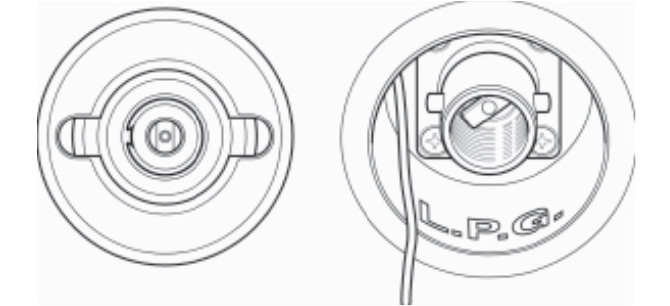
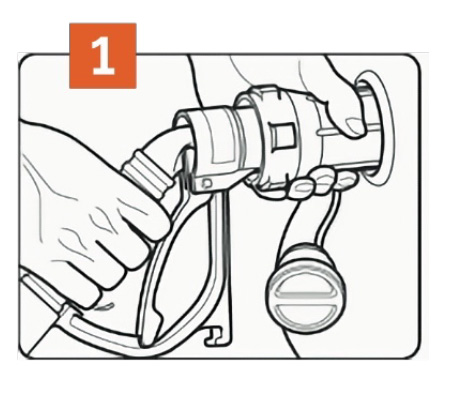
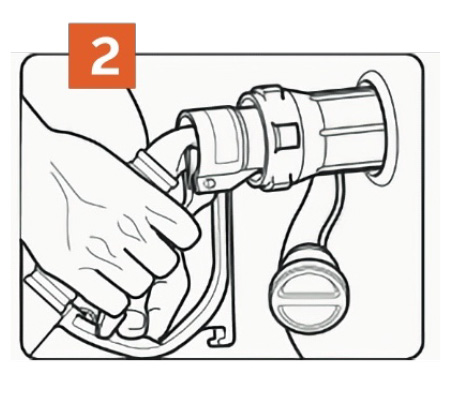
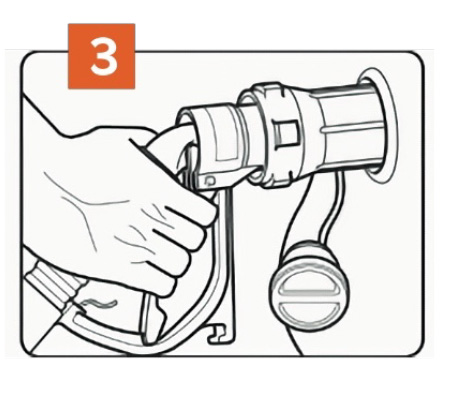
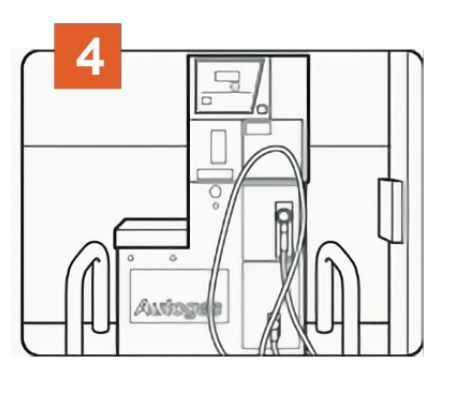
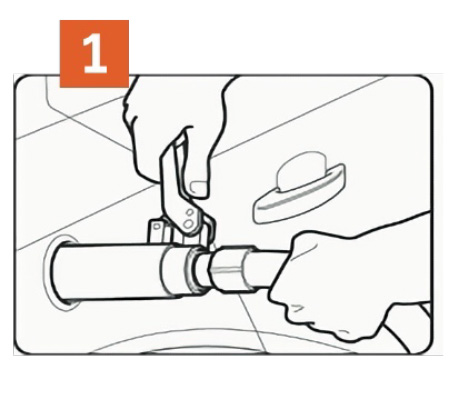
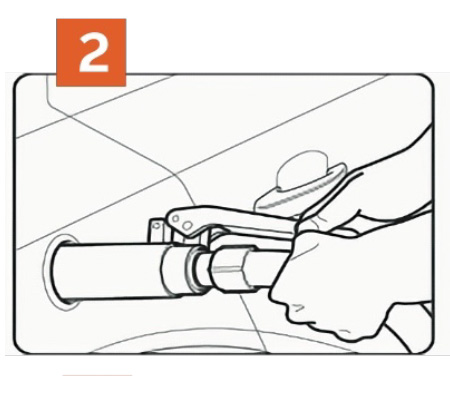
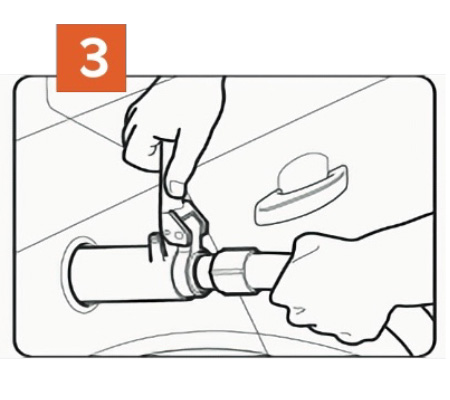
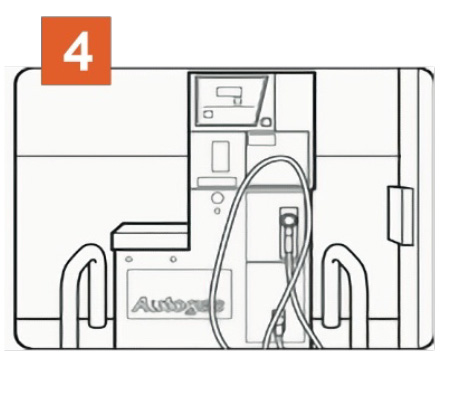


 Berths: 2
Berths: 2
 Seats: 2
Seats: 2




